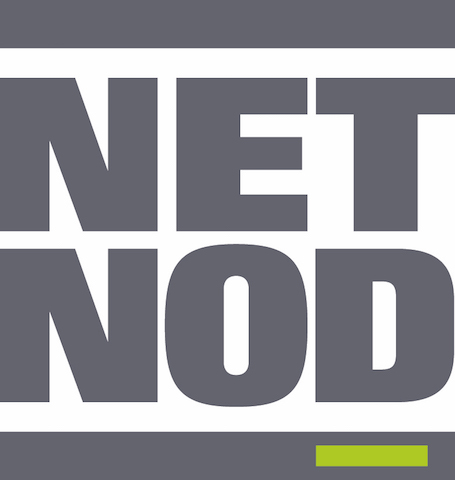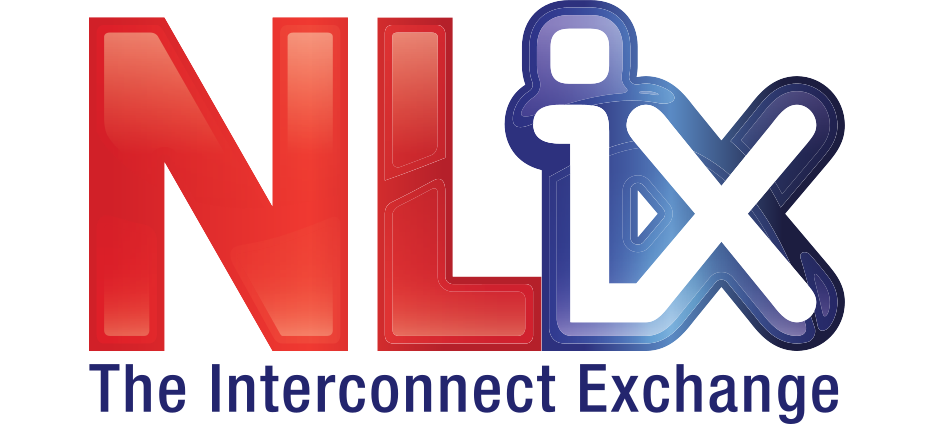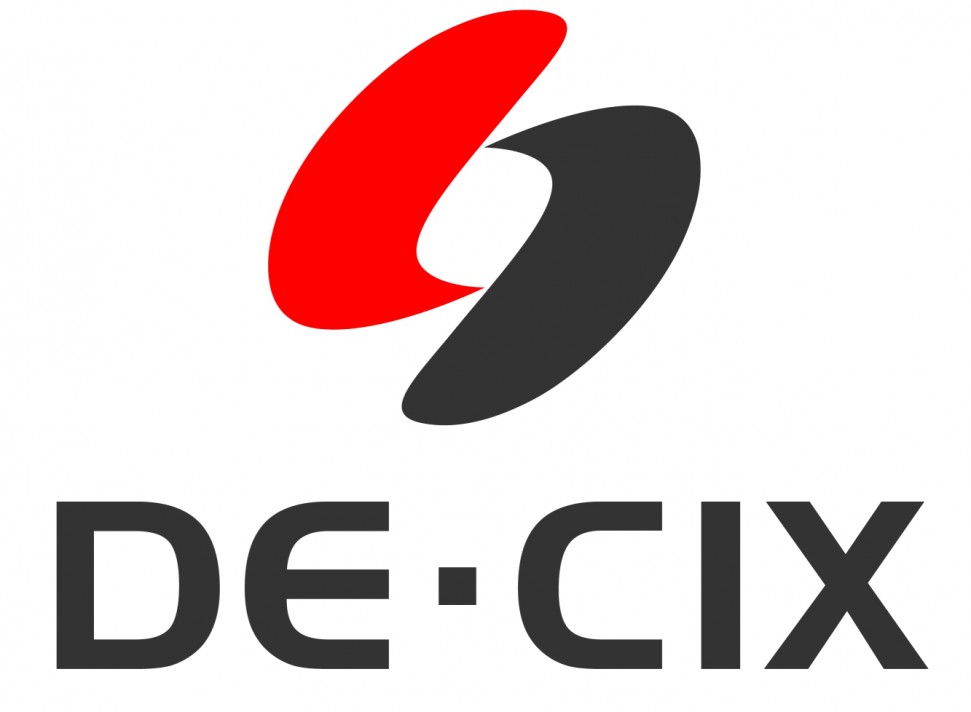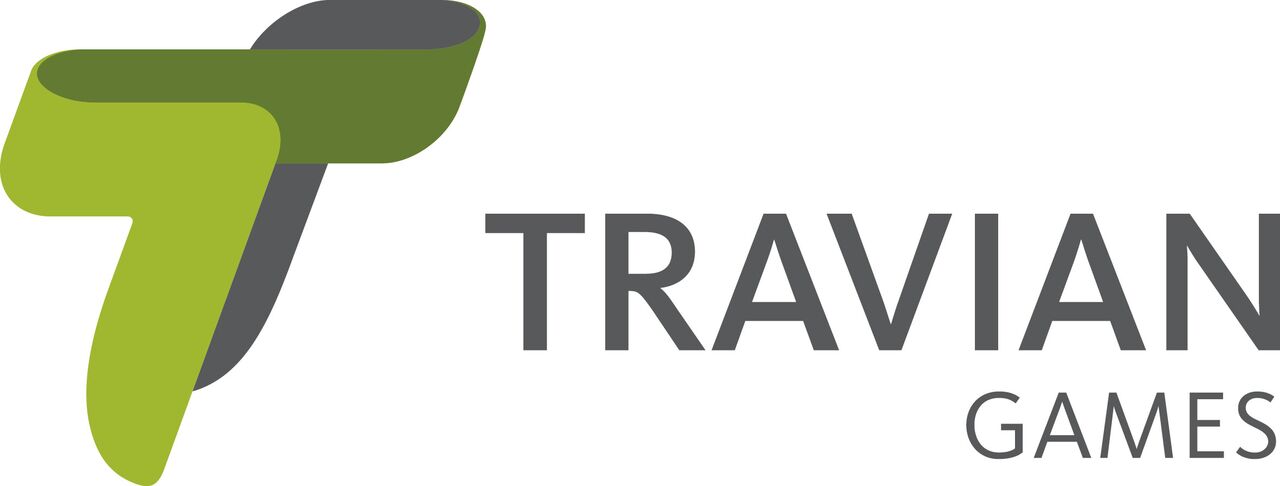DKNOG8
→
Europe/Copenhagen
Park Inn by Radisson Copenhagen Airport Hotel
Park Inn by Radisson Copenhagen Airport Hotel
Engvej 171, 2300 København S
Description
Welcome to the 8th DKNOG conference.
A big thanks to all those people participating remotely in the event. The presentations will be made available at our YouTube channel once ready later in march.
The DKNOG conference is a yearly event for internet network engineers in Denmark and the neighbouring countries full of inspiring talks and networking opportunities.
The next conference will be the eight annual conference and we hope to present a range of interesting topics within subjects such as:
- Emerging internet technologies
- Industry best-practice sessions
- Interesting case-studies from within the industry
- Inspiring lightning talks
Sponsors
Social
Gold
Silver
Associate
Contact
Participants
159
View full list











